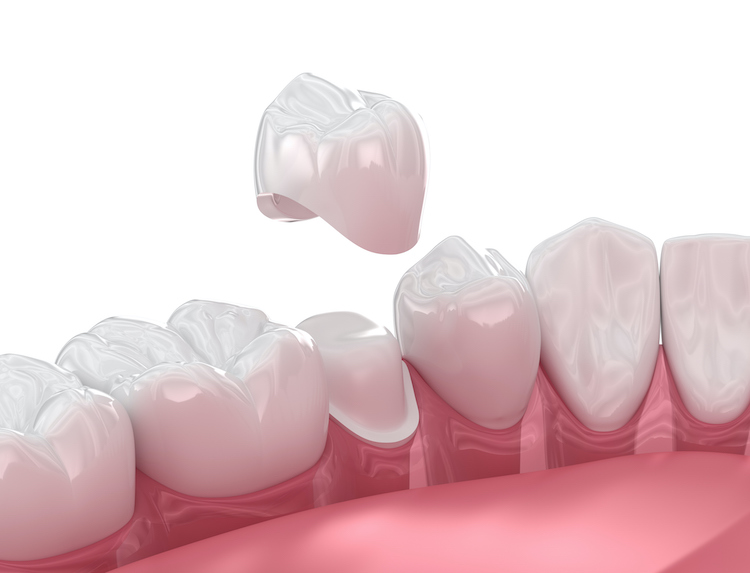What to Do if a Dental Crown Falls Off
A dental crown falling off can be a surprising and stressful experience, but it’s not uncommon. Crowns are durable, but over time, wear and tear, decay underneath the crown, or even sticky foods can loosen the adhesive that holds them in place. If this happens to you, it’s important not to panic. Knowing the right steps to take can help prevent further damage, minimize discomfort, and ensure a quick resolution with your dentist.
Stay Calm and Recover the Crown
The first thing you should do if your crown comes off is stay calm. In most cases, this is not a dental emergency, but it does require timely attention. If you can locate the crown, carefully pick it up and rinse it with warm water to remove any debris. Inspect it gently. If it appears to be intact, your dentist may be able to reattach it. Place it in a clean container or plastic bag and bring it with you to your dental appointment. If the crown came off while eating, be cautious not to accidentally swallow or bite down on it. If you believe you’ve swallowed the crown, it’s typically not dangerous, but you should inform your dentist right away.
Call Your Dentist As Soon As Possible
Once you have the crown, call your dentist. Even if you’re not experiencing pain, it’s best to get it evaluated quickly. The exposed tooth beneath the crown is vulnerable to damage, decay, and sensitivity. Your dentist will determine whether the crown can be re-cemented or if a new one needs to be made. If the crown was lost outside of regular office hours, leave a message or call an emergency line if one is available. Most dental offices will try to accommodate you promptly for issues like this.
Keep the Area Clean and Protected
Until you can see your dentist, it’s essential to keep the area clean to avoid infection or further damage. Gently brush the exposed tooth with a soft-bristled toothbrush and avoid using it to chew. Be especially careful with hot, cold, or sweet foods and drinks, as the exposed tooth may be sensitive. You can purchase temporary dental cement at most pharmacies. If your dentist instructs you to do so, you may use this to temporarily place the crown back on the tooth. However, avoid forcing it into place. If it doesn’t sit comfortably, leave it off and wait for professional care.
Avoid Foods That Could Cause More Harm
While waiting for your appointment, it’s a good idea to adjust your diet to avoid further issues. Stick to soft foods and chew on the opposite side of your mouth. Avoid anything sticky, crunchy, or hard, such as gum, nuts, or caramel. These can cause additional damage to the exposed tooth or surrounding dental work.
What Happens at the Dentist
During your visit, the dentist will examine both the crown and the tooth it was covering. If the crown and tooth are both in good shape, the dentist may simply clean the area and reattach the crown using dental cement. If there is decay or damage to the tooth, additional work might be necessary, such as a filling or even a new crown. Sometimes, if the crown fell off due to a problem with the fit or if it has worn out over time, a new crown may be recommended. In rare cases, if the underlying tooth is severely damaged, a more extensive procedure such as a root canal or extraction may be necessary.
Prevention for the Future
To help prevent a crown from falling off again, maintain excellent oral hygiene by brushing and flossing regularly, especially around the gumline. Visit your dentist for routine checkups and cleanings. Avoid chewing hard or sticky foods with crowned teeth, and consider wearing a nightguard if you grind your teeth at night.
Dental Crown Care in Mullins, SC
At Blevins Dentistry, your oral health is our top priority. If you have deep decay or extensive damage, a dental crown could protect your tooth and prevent the need for an extraction. Contact our office today to schedule a consultation and learn more about your restorative dentistry treatment options.
